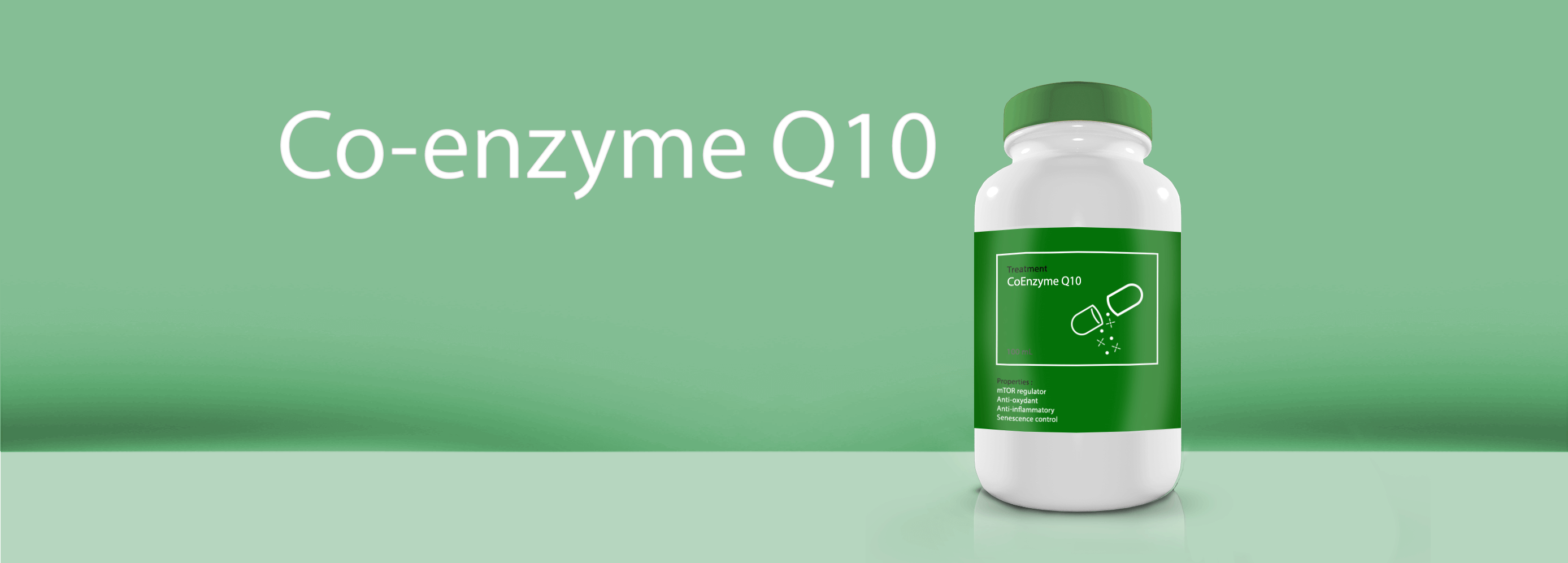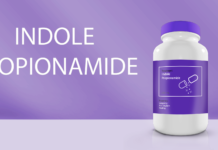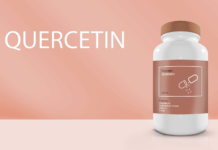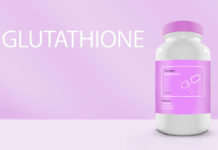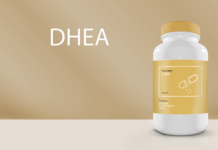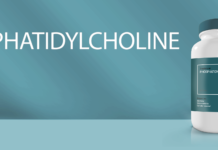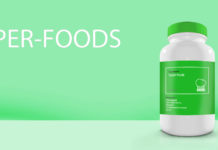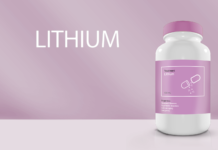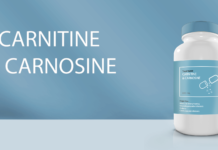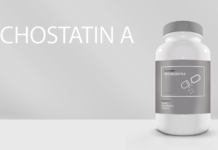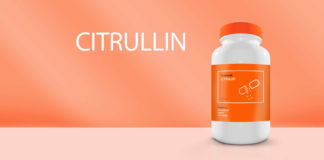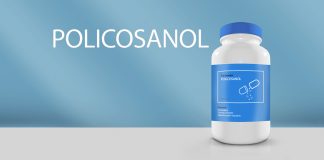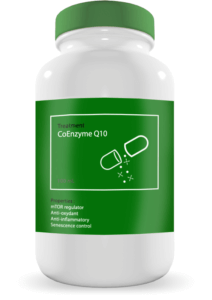
Fact sheet
An excellent electron transporter
Coenzyme Q10, also known as ubiquinone, is known for its key role in the bioenergetic metabolism of mitochondria, the lung of our cells. Today, its antioxidant effect is the subject of many studies aimed at reducing the effects of age on our skin, heart or brain. At the same time, it has been shown that coenzyme Q10, naturally present in our cells, is a good biomarker of biological age: its plasma concentration decreases over time but also during pathological processes such as cancer, neurodegenerative diseases, diabetes or cardiovascular diseases [1].
Coenzyme Q10, a magical antioxidant?
Ubiquinone is a vitamin-like substance whose main role is to participate in the transport of electrons in mitochondria. Adequate concentration of coenzyme Q10 is essential to guarantee cellular “breathing” and the production of ATP, our main endogenous energy source. At the same time, coenzyme Q10 functions as an antioxidant, a role it plays in all our cells by binding itself to lipoproteins and protecting them [2].
A major role in genetic regulation
Coenzyme Q10 is recognized as a potent regulator of gene expression [3,4]. Supplementation with ubiquinone, or compounds increasing its natural concentration, has shown a plethora of beneficial effects on cell signaling, metabolism or inflammation [5]. However, it is not yet clear what molecular mechanisms are involved in these changes.
A molecule that boosts and protects us
By binding to lipoproteins, coenzyme Q10 protects them from oxidation, both within cell membranes and in circulating lipids such as LDL (the “bad cholesterol”). As a result, it is a powerful preventive agent against cardiovascular disease. Coenzyme Q10 has been shown to have an anti-atheromatous effect (the fatty plaques that block the arteries) in several studies in mice [6]. It also has a preventive effect against arterial aging via endothelial cell protection mechanisms [7].
In addition to these anti-aging effects, especially as a cardioprotector, ubiquinone acts as a recycler of ascorbic acid (Vitamin C) and alpha-tocopherol (Vitamin E), two other important antioxidants in our diet [8].
- Number of publications: more than 500
- Accessibility: over-the-counter
- Route: oral or topical
- Dosage: 150-300 mg/day
Neuroprotective effect: in patients with neuropathic disorders, supplementation with coenzyme Q10 appears to reduce the level of lipid oxidation in the plasma thus protecting the neurons [9]. Preventive and even curative effects have been demonstrated in Parkinson’s disease [10] and Alzheimer’s disease [11].
Anti-cancer: supplementation with ubiquinone (400 mg/day) appears to play an anti-metastatic and anti-tumour role. In patients with melanoma, one study showed a decrease in the size of the initial tumour and a decrease in the risk of metastases with improved survival rates with coenzyme Q10 [12].
Infertility control: in mice, coenzyme Q10 has been shown to delay menopause and partially treat infertility [13].
Fight against skin aging: it is common knowledge that many anti-wrinkle creams contain coenzyme Q10. It has been shown to have an effect on skin aging [14] and to prevent sun-related problems[15].
No current studies have shown side effects of ubiquinone supplementation below 1200 mg/day.
Absorption is increased if you take the supplement with a meal.
[1] Garrido-Maraver J. et al., Clinical applications of coenzyme Q10. Front Biosci (Landmark Ed), 2014 Jan 1;19:619-33
[2] Crane FL. Biochemical functions of coenzyme Q10. J Am Coll Nutr. 2001;20:591–598
[3] Groneberg DA, Kindermann B, Althammer M, Klapper M, Vormann J, et al. Coenzyme Q10 affects expression of genes involved in cell signalling, metabolism and transport in human CaCo-2 cells. Int J Biochem Cell Biol. 2005;37:1208–1218
[4] Schmelzer C, Lindner I, Rimbach G, Niklowitz P, Menke T, Döring F. Functions of coenzyme Q10 in inflammation and gene expression. Biofactors. 2008;32:179–183
[5] Santos-González M, Gómez Díaz C, Navas P, Villalba JM. Modifications of plasma proteome in long-lived rats fed on a coenzyme Q10-supplemented diet. Exp Gerontol. 2007;42:798–806
[6] Witting PK, Pettersson K, Letters J, Stocker R. Anti-atherogenic effect of coenzyme Q10 in apolipoprotein E gene knockout mice. Free Radic Biol Med, 2000, 29(3–4):295–305
[7] Tsai KL, Chen LH et al., Coenzyme Q10 suppresses oxLDL-induced endothelial oxidative injuries by the modulation of LOX-1-mediated ROS generation via the AMPK/PKC/NADPH oxidase signaling pathway. Mol Nutr Food Res, 2011, 55(Suppl 2):S227–S240
[8] Stoyanovsky DA, Osipov AN, Quinn PJ, Kagan VE, Ubiquinone-dependent recycling of vitamin E radicals by superoxide. Arch Biochem Biophys. 1995 Nov 10; 323(2):343-51
[9] Hernandez-Ojeda J, Cardona-Munoz EG et al., The effect of ubiquinone in diabetic polyneuropathy: a randomized double-blind placebo-controlled study. J Diabetes Complicat, 2012, 26(4):352–358
[10] Shults CW, Flint Beal M, Song D, Fontaine D. Pilot trial of high dosages of coenzyme Q10 in patients with Parkinson’s disease. Exp Neurol. 2004;188:491–494
[11] Lee J, Boo JH, Ryu H. The failure of mitochondria leads to neurodegeneration: do mitochondria need a jump start? Adv Drug Deliv Rev. 2009;61:1316–1323
[12] Rusciani L, Proietti I, Rusciani A, Paradisi A, Sbordoni G, et al. Low plasma coenzyme Q10 levels as an independent prognostic factor for melanoma progression. J Am Acad Dermatol. 2006;54:234–241
[13] Ben-Meir A, Burstein E, Borrego-Alvarez A, et al. Coenzyme Q10 restores oocyte mitochondrial function and fertility during reproductive aging. Aging Cell. 2015;14(5):887-895
[14] Knott A, Achterberg V, Smuda C, et al. Topical treatment with coenzyme Q10‐containing formulas improves skin’s Q10 level and provides antioxidative effects. Biofactors (Oxford, England). 2015;41(6):383-390
[15] Yadav NK, Nanda S, Sharma G, Katare OP. Systematically optimized coenzyme q10-loaded novel proniosomal formulation for treatment of photo-induced aging in mice: characterization, biocompatibility studies, biochemical estimations and anti-aging evaluation. J Drug Target. 2016;24(3):257-71
Dr. Marion Tible

Author/Reviewer
Auteure/Relectrice
Marion Tible has a PhD in cellular biology and physiopathology. Formerly a researcher in thematics varying from cardiology to neurodegenerative diseases, she is now part of Long Long Life team and is involved in scientific writing and anti-aging research.
More about the Long Long Life team
Marion Tible est docteur en biologie cellulaire et physiopathologie. Ancienne chercheuse dans des thématiques oscillant de la cardiologie aux maladies neurodégénératives, elle est aujourd’hui impliquée au sein de Long Long Life pour la rédaction scientifique et la recherche contre le vieillissement.
En savoir plus sur l’équipe de Long Long Life


